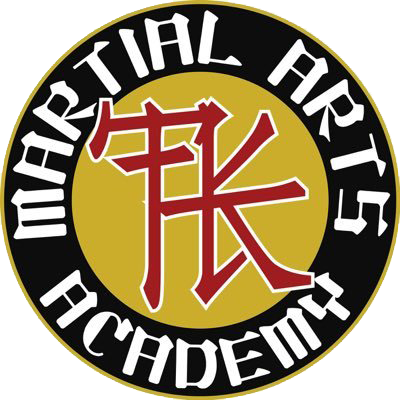The Intricacies of Sambo: A Martial Art of Depth and Versatility
ambo athlete executing a flawless hip throw technique. The perfect demonstration of leverage and timing in Sambo martial arts. Ideal for learning about self-defense moves, competitive sports, and combat techniques.
Sambo is a martial art form that has garnered global attention over the years for its unique blend of techniques and its applicability in various combat sports. Originating in Russia, Sambo is an acronym that translates to "Self-Defense Without Weapons." It combines elements of judo, wrestling, and other martial arts to offer a comprehensive fighting style that is both effective and dynamic. In this blog post, we will delve into the history, techniques, and competitive aspects of Sambo, shedding light on why it has become increasingly popular around the world.
A Brief History
Sambo was officially codified and developed in the early 20th century, although its roots can be traced back to various indigenous Russian wrestling styles. Developed by Viktor Spiridonov and Vasili Oshchepkov, the martial art was initially designed as a system of self-defense and hand-to-hand combat training for the Soviet Red Army.
Techniques and Disciplines
Sambo techniques are an amalgamation of various martial arts, making it versatile and adaptable. Some of the core techniques include:
Throws and Takedowns
Hip throws: Similar to Judo techniques, these throws are designed to use the opponent's weight against them.
Single and double leg takedowns: Borrowed from wrestling, these techniques aim to bring the opponent to the ground.
Groundwork
Submissions: Armbars, leg locks, and chokes are prevalent in Sambo, with the objective of making the opponent submit.
Pinning: Holding the opponent in a way that restricts their movement, often leading to points in competitive matches.
Striking
In Combat Sambo, strikes such as punches, kicks, elbows, and knees are also allowed, making it well-suited for mixed martial arts (MMA) competitions.
Competitive Sambo
Sambo competitions generally have three major forms:
Sport Sambo: Similar to Olympic wrestling or judo, but with some differences in rules and permitted techniques.
Combat Sambo: Includes all the elements of sport Sambo but adds full-contact strikes, making it more comprehensive and combative.
Freestyle Sambo: Created by the American Amateur Sambo Federation, this form emphasizes groundwork and allows more types of leg locks.
Sambo is a fascinating and versatile martial art that offers a comprehensive range of techniques for self-defense, sport, and combat scenarios. Its rich history and dynamic skillset make it an invaluable discipline for anyone interested in broadening their martial arts repertoire.
If you're located in Lowell, Arkansas and have been inspired to take up a martial art, why not consider joining us at TK Martial Arts? We offer specialized training in Sambo, among other martial arts, and welcome individuals of all skill levels. It's a fantastic opportunity to immerse yourself in a discipline that has captured the imagination and respect of martial artists worldwide.
So why wait? Take the leap and enrich your life with the skills and philosophy that Sambo has to offer. Visit TK Martial Arts in Lowell, Arkansas today and embark on your journey of mastery and self-discovery.
We look forward to welcoming you into our community
Further Reading
- "Sambo: The Ultimate Guide to Starting Sambo and Combat Sambo" by Steve Scott
- "Russian Sambo" by Alexander Barakov
- [International Sambo Federation](https://sambo.sport/)
Whether you are a practitioner, an enthusiast, or someone newly interested in martial arts, Sambo offers a depth of practice that can be both a challenging sport and an effective means of self-defense.

